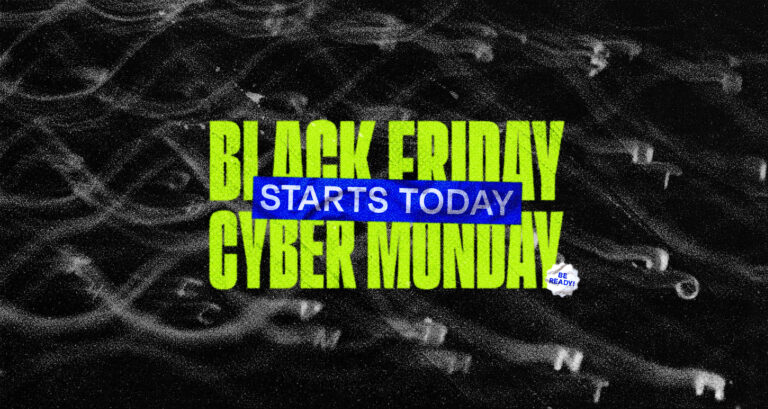There are all sorts of image formats. JPEGs, PNGs, and GIFs might be the household names you’re familiar with, but there’s a new cool kid in town: WebP. So, what is WebP? Glad you asked, because it’s about to get nerdy in here.
WebP is an image format developed by Google. It’s designed to provide superior lossless and lossy compression for images on the web. Simply put, it’s a method of storing image data in a way that the file size is smaller, without compromising the visual quality. The objective behind it is to improve web performance through faster loading times. Faster images means faster web pages.
How is it different?
What sets WebP apart is its high compression efficiency. It can reduce the file size of images significantly more than its JPEG and PNG counterparts, while retaining comparable, if not superior, image quality. WebP images are 25-34% smaller than comparable JPEG images. When it comes to PNGs, WebP format is approximately 26% smaller in size. This means you can store more images in less space, and web pages will load faster, making it a win-win for both website owners and visitors.
WebP supports both lossy and lossless compression, as well as animation and alpha transparency (like GIF and PNG). Alpha transparency refers to the feature that allows an image to have transparent or semi-transparent parts. All of that was nerdy, but here’s what it means: WebP is a versatile image format, suitable for various types of visual content.

Why should you care?
But why does all this matter to you? If you’re a website owner, faster load times could translate into improved user engagement, lower bounce rates, and potentially better search engine rankings. As a web user, quicker loading times mean you can browse websites more smoothly, with less waiting around.
It’s a fact
It’s not supported everywhere yet
Most browsers support WebP, but not all. While Google Chrome, Firefox, and Edge support it, Safari only added support for these images in their 14.0 version released in September 2020. Older versions of Safari and some other browsers do not support it, which could limit its application for a universal audience.
Don’t worry though, there are ways for your developer to “fall back” to more traditional image formats on browsers that don’t support WebP, yet.
The takeaway
WebP is a powerful image format that offers significant advantages in terms of image quality and file size. It’s a tool designed for the modern web, where performance and user experience are paramount. Next time you’re saving an image for your blog or website, remember WebP. It’s small but mighty.



